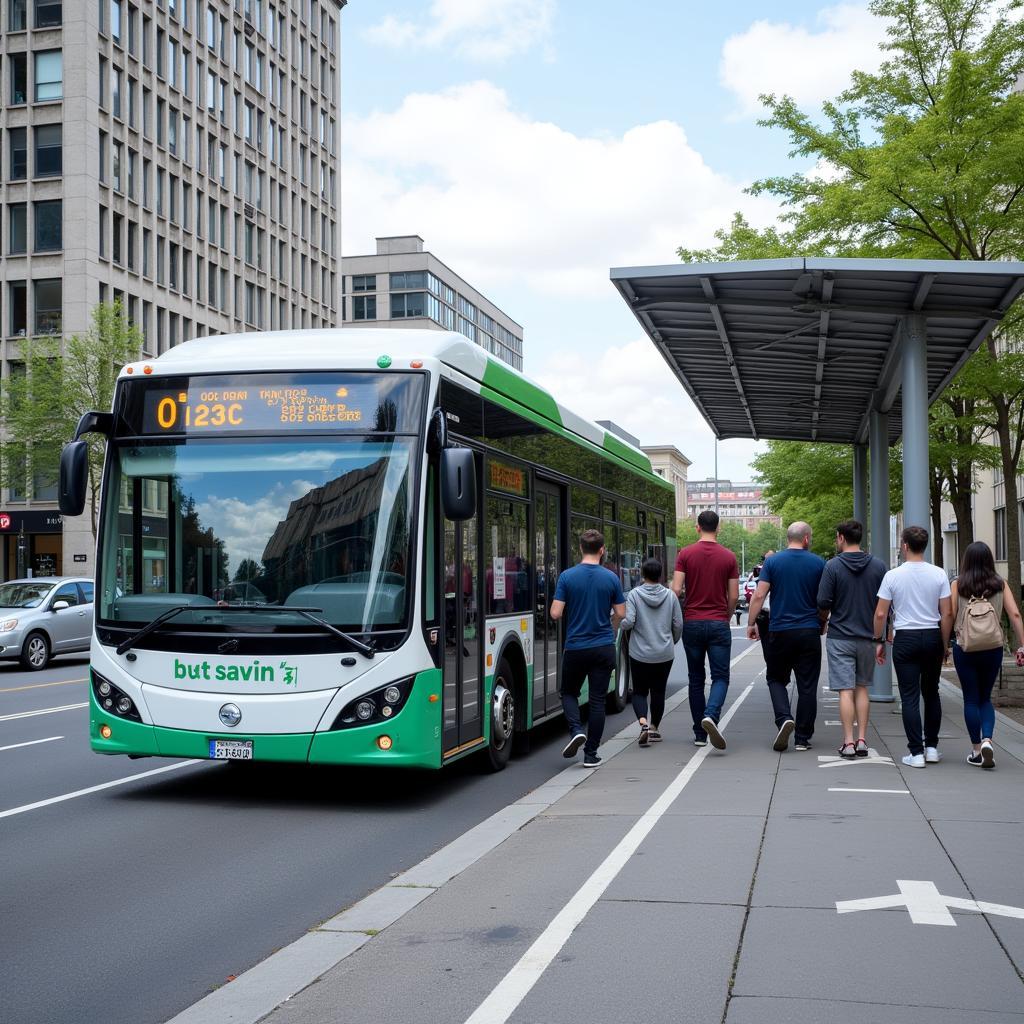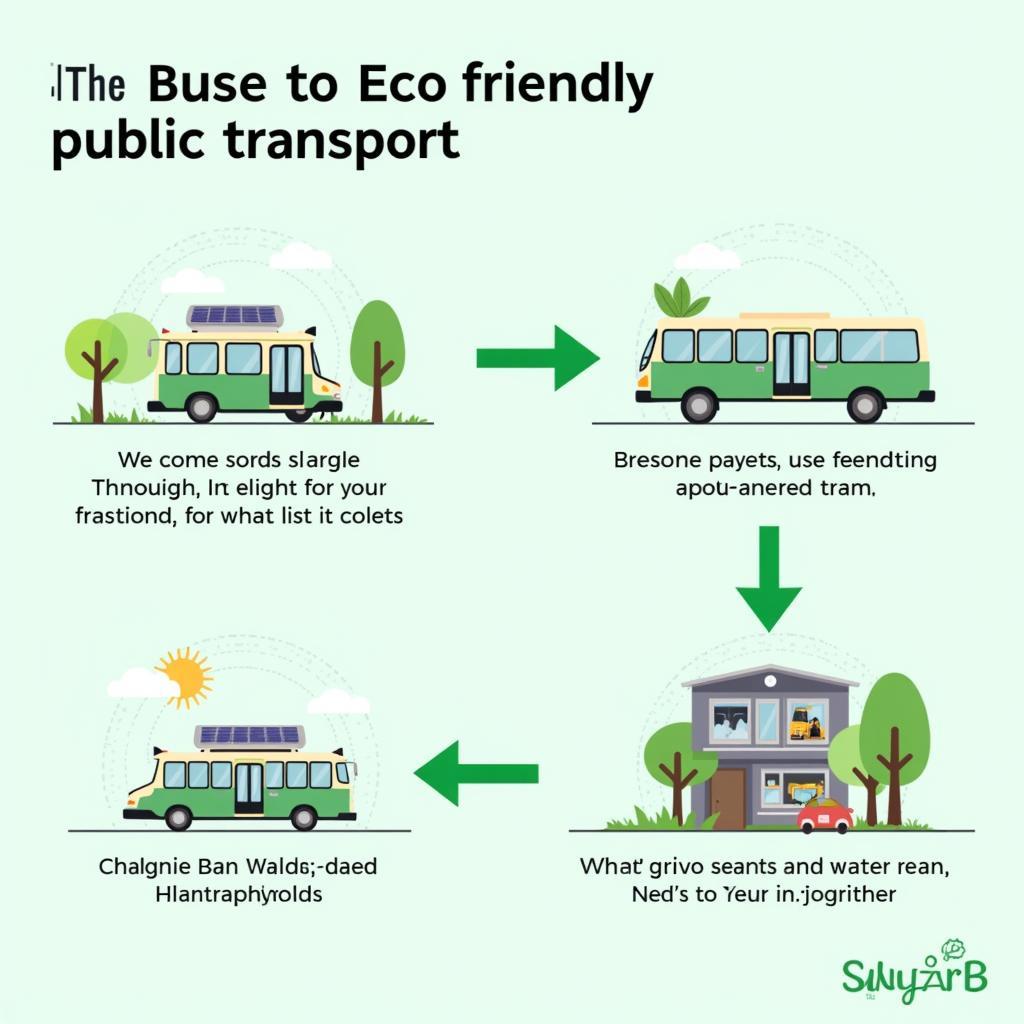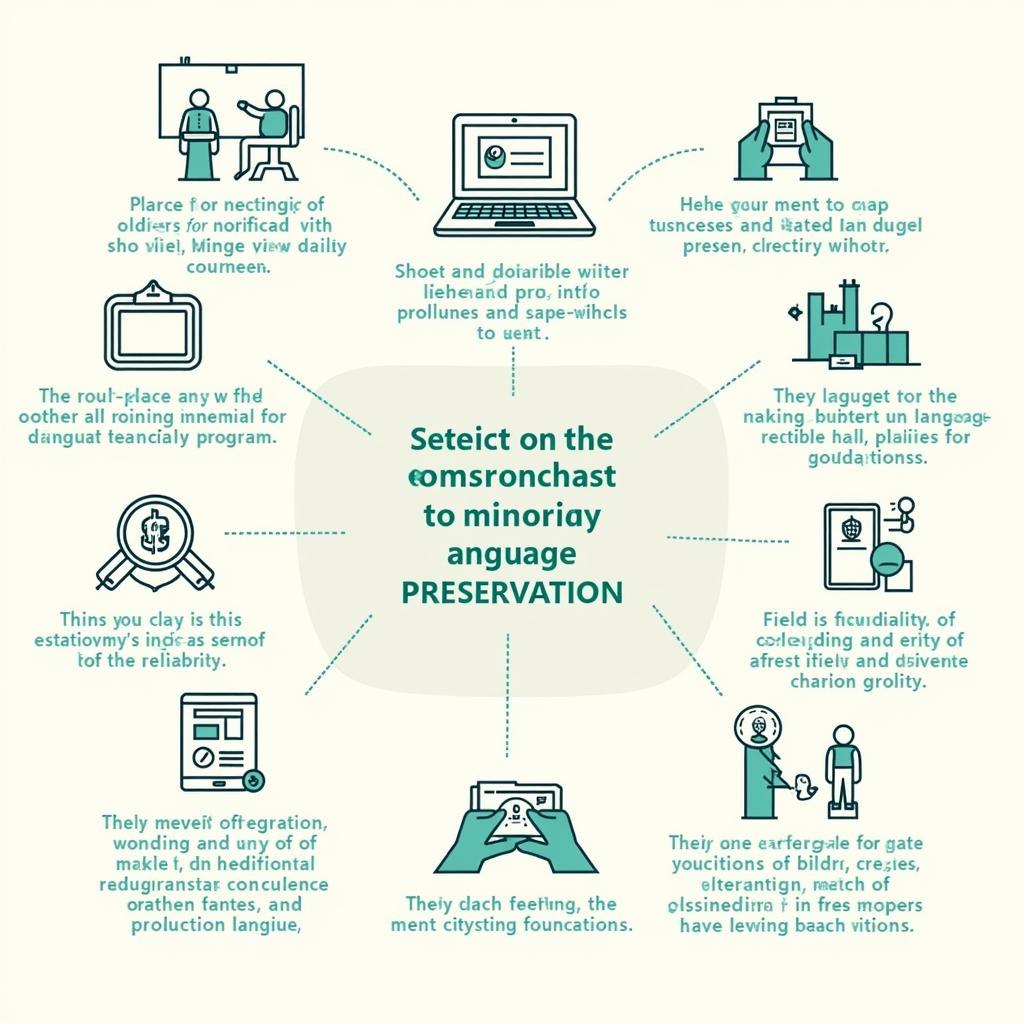The topic of eco-friendly public transportation has become increasingly prevalent in IELTS Writing Task 2, appearing in various forms over the past few years. Similar to how public transportation can help reduce urban pollution, this theme reflects growing global environmental concerns. Recent examination trends suggest this topic will likely continue appearing in future tests.
 Modern eco-friendly public transportation solutions in urban areas
Modern eco-friendly public transportation solutions in urban areas
Task Analysis
Let’s analyze a recent IELTS question:
Some people believe that all public transportation should be environmentally friendly, even if this means higher costs for governments and passengers. To what extent do you agree or disagree?
This question requires candidates to:
- Express their opinion on eco-friendly public transport
- Consider cost implications
- Evaluate the balance between environmental benefits and economic challenges
Band 8.5 Sample Essay
As environmental concerns intensify globally, should single-use plastics be prohibited globally, and public transportation systems must adapt accordingly. I strongly agree that public transport should be environmentally friendly, despite the associated costs, as the long-term benefits far outweigh the initial investment.
The implementation of eco-friendly public transportation offers numerous advantages. Firstly, electric buses and trains significantly reduce carbon emissions, improving air quality in urban areas. For instance, when Seoul replaced its diesel bus fleet with electric vehicles, the city experienced a 40% reduction in transportation-related emissions. Secondly, sustainable public transport systems often incorporate innovative technologies that enhance efficiency and passenger comfort, ultimately attracting more users and reducing private vehicle usage.
However, the transition to green public transport involves substantial costs. Governments must invest heavily in infrastructure, such as charging stations and updated maintenance facilities. Additionally, eco-friendly vehicles typically cost more to purchase initially. Nevertheless, these expenses can be justified through long-term savings on fuel costs and environmental damage prevention. Should people be encouraged to use public transportation to reduce pollution, the answer becomes clear when considering these factors.
The economic burden can be managed through strategic planning. Governments can implement gradual transitions, seek international funding, and develop public-private partnerships. Moreover, while passengers might face slightly higher fares, surveys indicate that many citizens are willing to pay more for environmentally responsible services. The success of green transportation initiatives in cities like Copenhagen and Singapore demonstrates the feasibility of such approaches.
In conclusion, despite the financial challenges, transitioning to eco-friendly public transportation is essential for sustainable urban development. The environmental and social benefits justify the investment, particularly when implemented through carefully planned strategies that consider both economic viability and environmental impact.
 Implementation of green public transportation systems in modern cities
Implementation of green public transportation systems in modern cities
Band 6.5 Sample Essay
I agree that public transport should be eco-friendly, but I think we need to think about the money problems too. This is important for both governments and people who use buses and trains.
Eco-friendly transport is good for the environment. When buses and trains don’t use petrol, they make less pollution. This helps make the air cleaner in cities where many people live. Also, the pros and cons of offering free public transportation show that green transport can save money in the future, even if it costs more now.
The main problem is the high cost. Governments need to spend lots of money to buy new buses and trains. They also need to build new things like charging stations. This means tickets might cost more, which is difficult for poor people who need to use public transport every day.
Some solutions can help with the cost. Governments can change things slowly and get help from other countries. They can also ask private companies to help pay for new vehicles. Maybe people can pay a little more for tickets if they know it helps the environment.
In conclusion, I think making public transport eco-friendly is good, but we need to be careful about how we do it. Should public transport be prioritized in urban planning, we must consider both environmental and financial aspects.
Key Vocabulary
- eco-friendly (adj) /ˌiːkəʊ ˈfrendli/ – not harmful to the environment
- sustainability (n) /səˌsteɪnəˈbɪləti/ – the ability to continue without damaging the environment
- infrastructure (n) /ˈɪnfrəstrʌktʃə/ – basic systems and services needed for operations
- emissions (n) /ɪˈmɪʃənz/ – substances released into the air
- implementation (n) /ˌɪmplɪmenˈteɪʃən/ – the process of putting a plan into action
- viable (adj) /ˈvaɪəbəl/ – capable of working successfully
- transition (n) /trænˈzɪʃən/ – the process of changing from one state to another
- initiative (n) /ɪˈnɪʃətɪv/ – a new plan or action to solve a problem
Practice Suggestions
Try writing your own essay on these related topics:
- Should governments make public transport free to reduce environmental impact?
- Do the environmental benefits of electric vehicles justify their higher costs?
- How can cities balance development needs with environmental protection?
Share your practice essays in the comments section for feedback and discussion.


